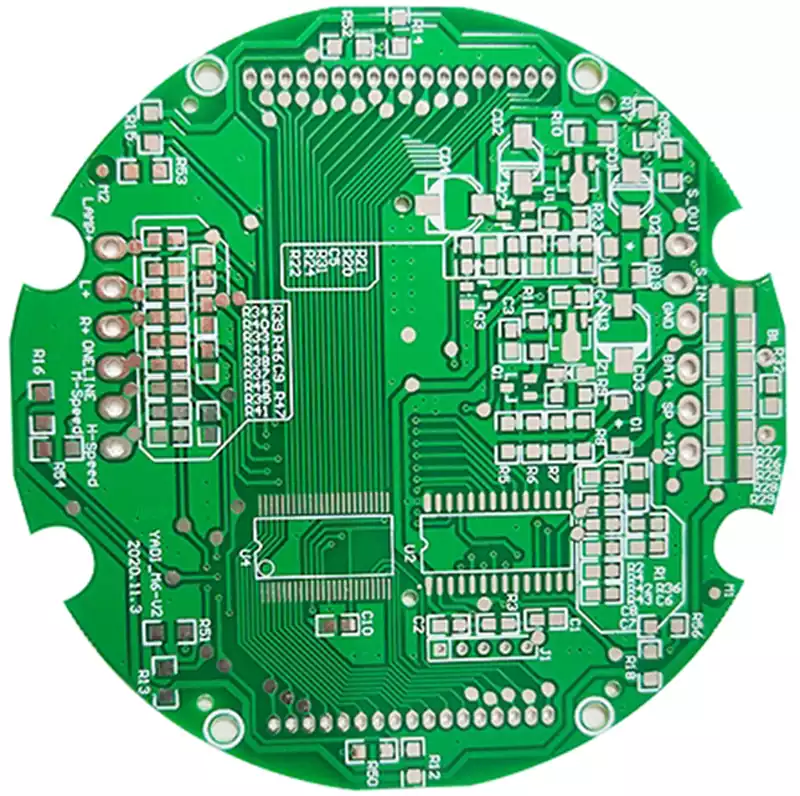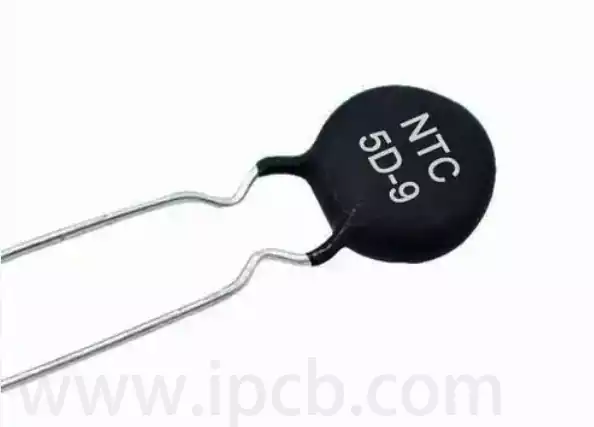FR4 material, as a commonly used glass fiber reinforced epoxy resin laminate material, occupies an important position in the electronics field due to its excellent electrical and mechanical properties. Among these properties, FR4 relative permittivity and dielectric strength are particularly critical, and together they determine the performance and application range of FR4 in circuit design.
The fr4 relative permittivity typically ranges from 4 to 6, a range that allows it to excel in circuit design. Relative dielectric constant is a physical quantity that describes a material’s ability to respond to an electric field, which affects the speed of propagation of the electric field through the material and its charge storage capacity. the high dielectric constant of FR4 means that it is able to effectively isolate different signal wires in a circuit, reducing the interference between signals and thus increasing the stability and reliability of the circuit. In addition, the high dielectric constant also helps to increase the capacitance value of the capacitor, further improving the efficiency of the circuit.
In addition to relative dielectric constant, the dielectric strength of FR4 is equally important. Dielectric strength is a measure of a material’s ability to withstand high voltages without generating dielectric breakdown.FR4 has a high dielectric strength, which allows it to serve as an excellent insulator and maintain stable electrical performance in high-voltage environments. There is a relationship between dielectric strength and dielectric constant. In general, materials with higher dielectric constants tend to have better dielectric strength because they resist the action of electric fields more effectively.

Notably, temperature has a significant effect on the dielectric properties of FR4. As the temperature increases, the molecular motion of FR4 intensifies, leading to a decrease in polarization and dielectric constant. At the same time, high temperatures may also lead to a decrease in the dielectric strength of FR4, thereby increasing its risk of dielectric breakdown. Therefore, when designing and using FR4 circuit boards, it is necessary to give full consideration to the effect of the working environment temperature on its performance, and take corresponding measures for temperature control.
The relative dielectric constant and dielectric strength of FR4 materials are key performance parameters for their application in electronics. Through a deeper understanding of these parameters and their influencing factors, we can better utilize the advantages of FR4 materials to provide more stable and reliable solutions for circuit design. In the future, with the continuous development of electronic technology, we look forward to FR4 materials in the dielectric properties can make greater breakthroughs, for the progress of the electronics industry to make greater contributions.



